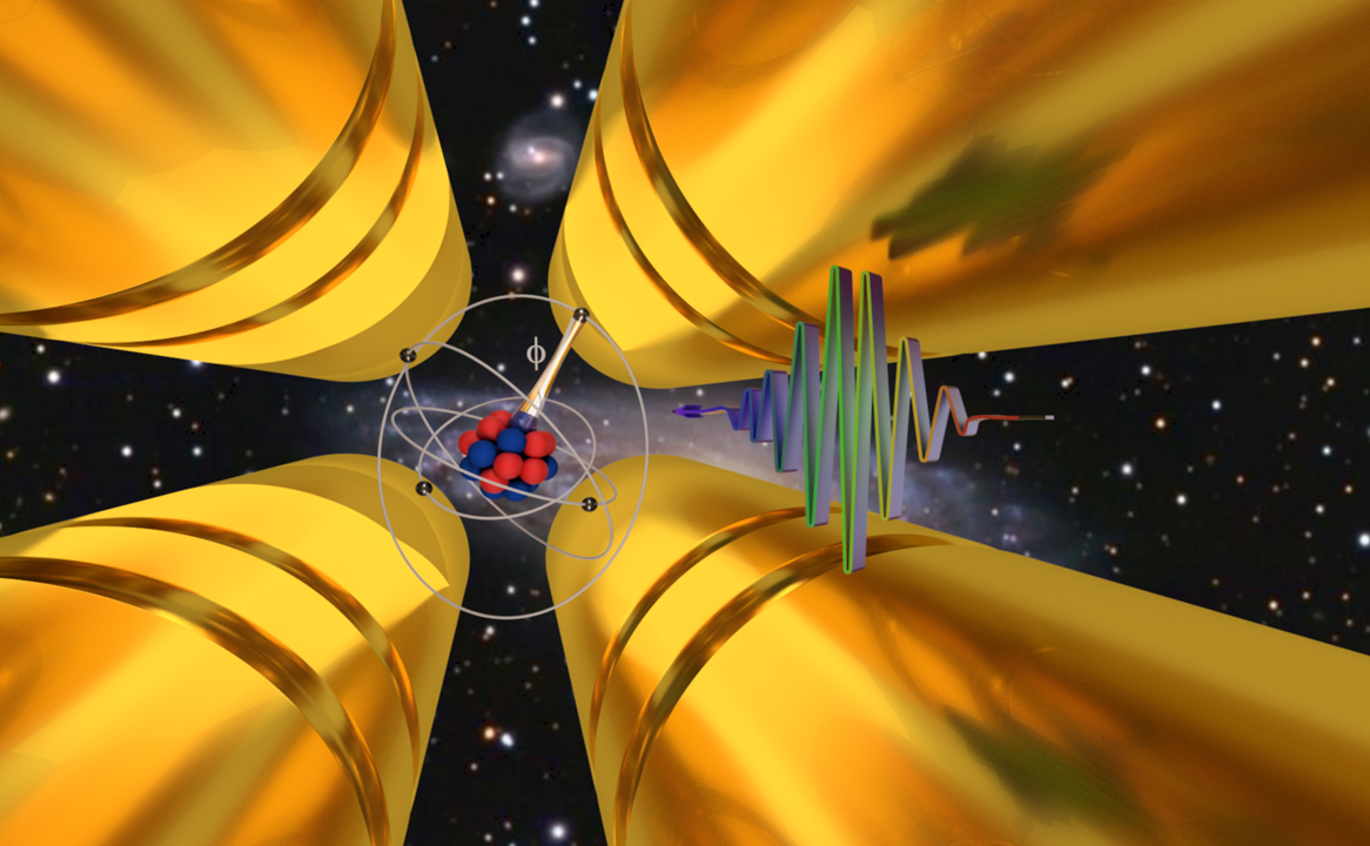Do light Dark Bosons exist?

Very light and feebly interacting bosons could potentially contribute significantly to the dark matter sector of our universe without being detectable at high-energy collider experiments. The CCQ group headed by Prof. Michael Drewsen has in a collaboration with researchers from the University of New South Wales in Sydney and Fermilab/University of Chicago applied a very different method to seek detection of such hypothetical bosons, namely, high-precision measurements of isotope shifts of electronic transitions in the Ca+ ion. This method is specifically sensitive to very light bosons interacting with neutrons and electrons through minute changes in the electronic energy levels. The unprecedented accuracy obtained in the isotope-shift measurements allowed the CCQ group to improve the previous bound on the coupling of such bosons by almost two orders of magnitude. These results were reported, back-to-back with similar results obtained with Yb+ ions at MIT in Physical Review Letters and featured in a Synopsis on the online site Physics by the American Physical Society.
The method has also been mentioned in Phys.org and Scientific American.
